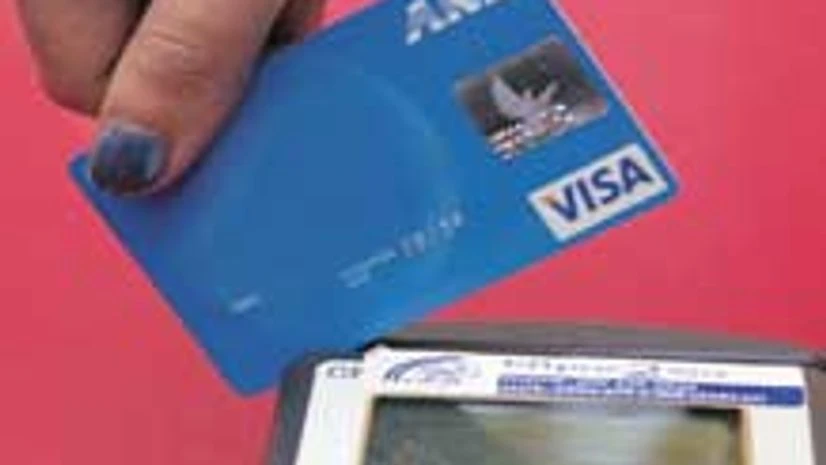The government’s proposal to reduce the interchange fee on debit and credit cards, and give tax sops on electronic transactions, might impact the fee income for banks. But the growth in volumes could compensate the lower revenues, bankers said.
A draft proposal released by the finance ministry on Monday proposed a reduction in the merchant discount rate and a rationalisation of its distribution among various stakeholders, apart from a tax rebate if 50 per cent of the value of the transaction of a merchant is by electronic means. With a cash-to-GDP (gross domestic product) ratio of 12 per cent, India is among the most cash-intensive economies in the world, almost four times that of markets such as Brazil, Mexico and South Africa, according to estimates by MasterCard.
Rajiv Anand, group executive-retail banking, Axis Bank, said this loss of fee income would be made up with the increase in the volume of card transactions. “What we may lose in value, we will end up gaining in volume. In the long run, cash transaction is cheaper than card transaction for everyone. Therefore, the intent is right and, as card acceptance gains, all three parties — banks, merchants and customers — will gain.”
Currently, 1.98 per cent (in case of credit card spend) and 0.50-1 per cent (in case of debit card spend) of the total amount is charged as interchange fee by the bank and the card players. This fee amount is paid by the merchant and is split between the bank that issued the card, lender whose Point of Sales (PoS) machine is being used and the payment system — RuPay, Visa or MasterCard.
The government has suggested rationalisation and reduction in merchant establishment charges and the interchange fee. By incentivising card transactions, the government is also aiming at checking the flow of unaccounted money. Apart from this, the reduction in cash usage will also end up improving the cost effectiveness for banks.
Vijay Jasuja, chief executive officer, SBI Card, said if more consumers moved to cards, then the cost incurred on handling and management of cash would also come down. “We believe, in an urban area, a card-holder uses his card for about one-third of the total transactions. We expect this to grow significantly if the proposed measures come into effect. Last year, our card spends increased by about 30 per cent. If the incentives are implemented, than we can easily grow upwards of 50 per cent.”
According to Reserve Bank of India (RBI) data, there were 564.7 million debit cards, 21.2 million credit cards and 1.12 million PoS at the end of April.
Experts say similar steps have been taken to reduce the use of cash in South Korea, which has had a favourable result. A P Hota, managing director and chief executive officer of National Payments Corporation of India, that issues RuPay cards, said going by the Korea experience, these steps would benefit the customers as well as establishments.
“The approach part talks about incentives to both merchants and customers. If the approach is implemented, it would give a big boost to card transactions. Going by the Korea experience, we can see the personal consumption expenditure which is at five per cent to double in the next two-three years,” he said.
In 2013-14, according to a Boston Consulting Group report, the number of cash transactions in the economy was 26 per cent of the total; cheque transactions were 19 per cent. Another 37 per cent were through ATMs or cash deposit machines. Transfer through the electronic clearing system was three per cent; National Electronic Funds Transfer/Real-time gross settlement systems use was four per cent. PoS accounted for five per cent and transactions through the internet were six per cent.

)
